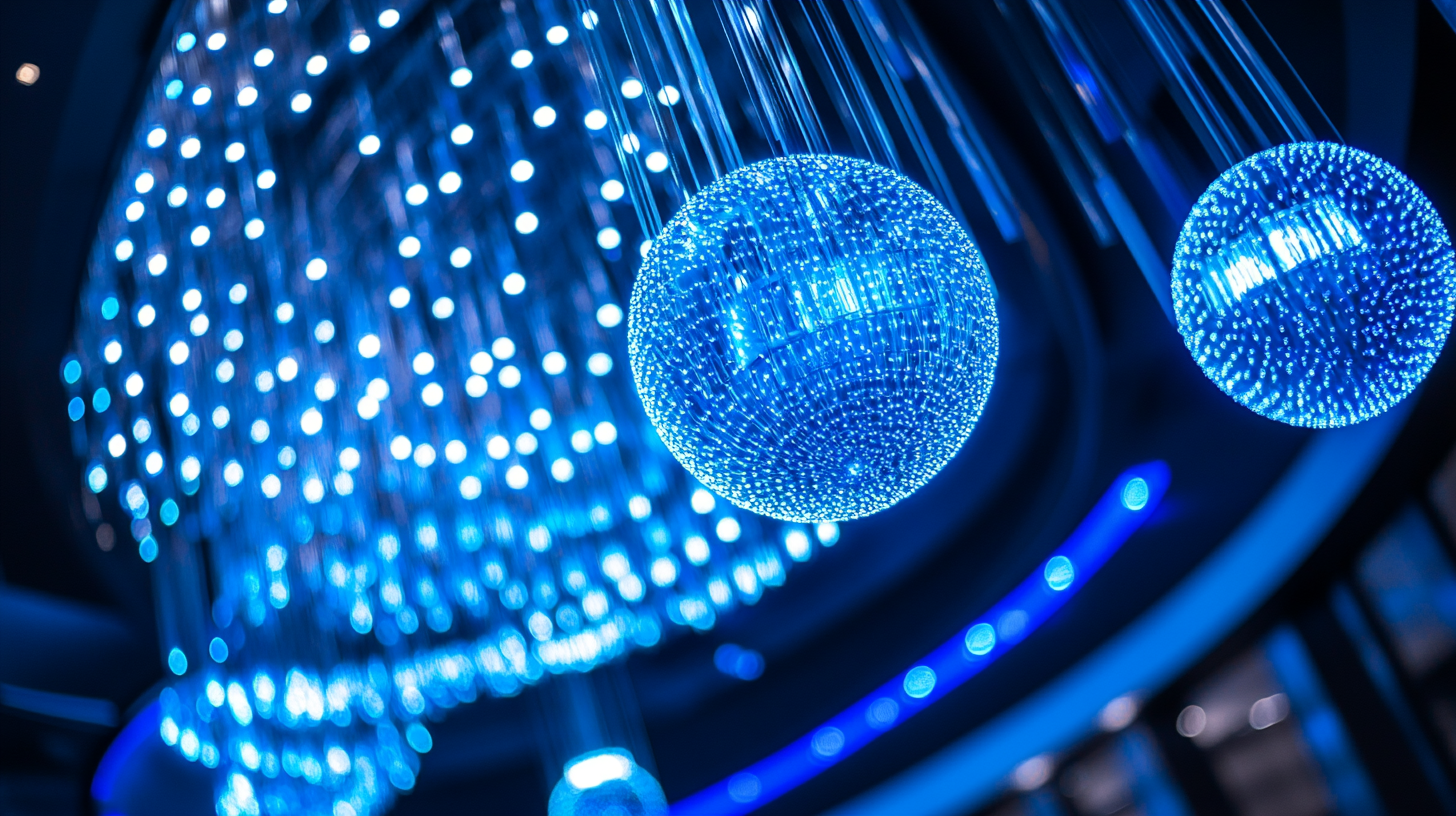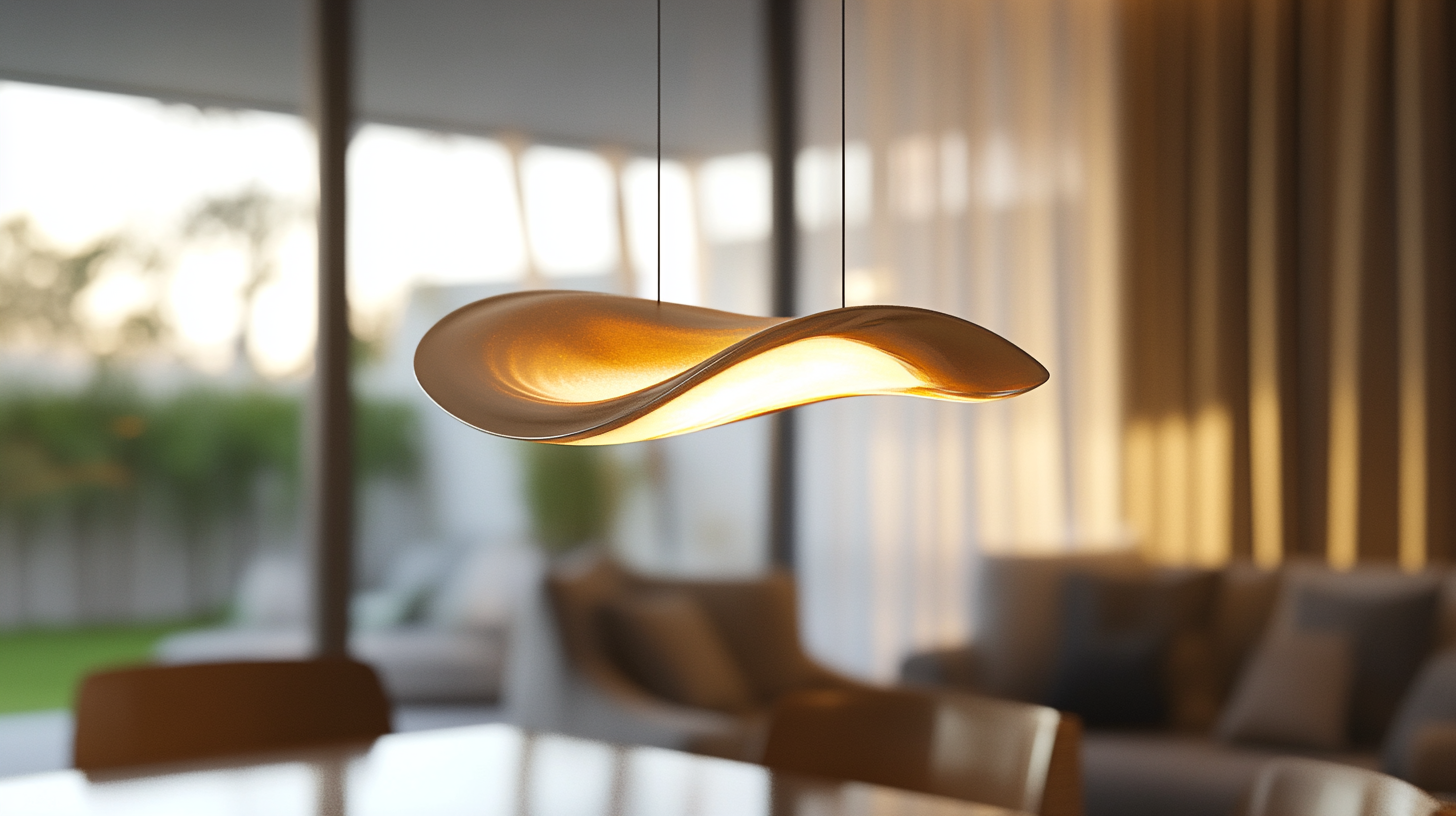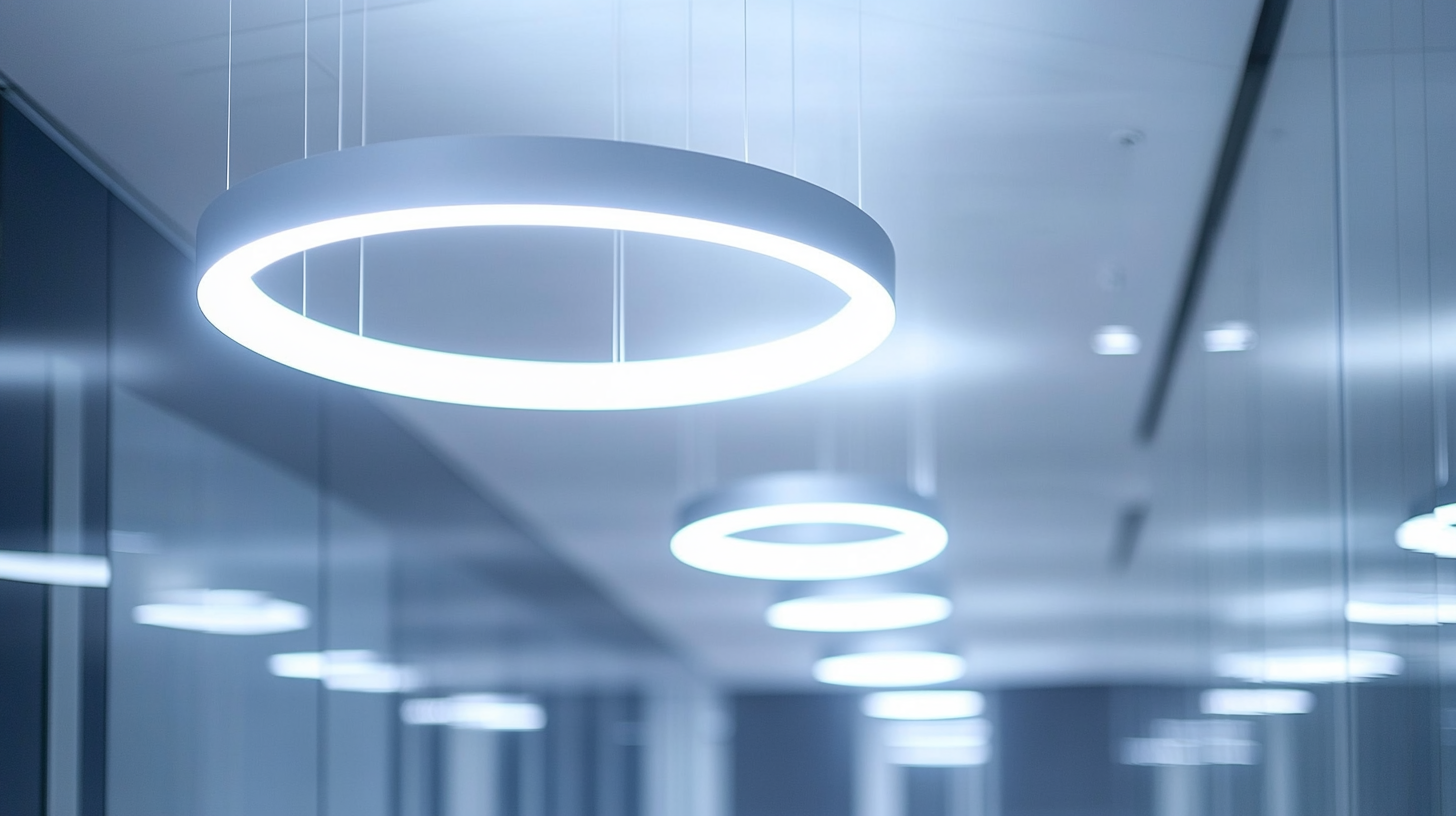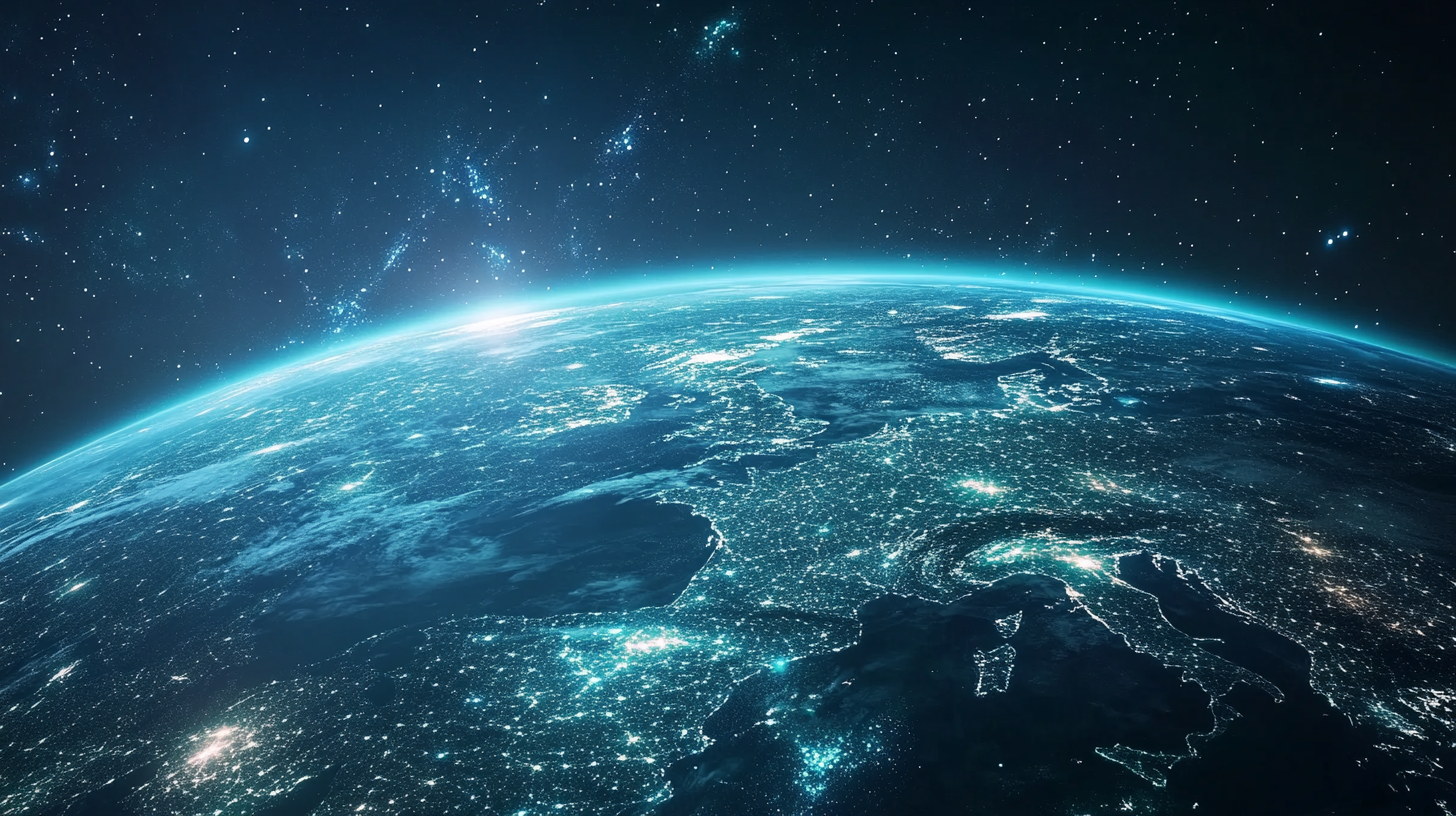Emerging Innovations in Lighting Fixtures for Sustainable Global Procurement in 2025
The approach to sustainable procurement will be given fresh urgency as 2025 draws closer, particularly so within industries such as manufacturing, high tech, and design. A lighting fixture is among one of those areas that can be heavily innovated in a way that can actually impact sustainability. In other words, new technologies and `green' materials are creating a pathway toward lighting solutions focused on energy efficiency for reduced carbon emissions. Adopting these innovations allows companies to align their procurement strategies with global sustainability objectives and respond to the rising consumer interest in green products.
This blog will delve into the innovations in lighting fixtures that transform sustainable procurement in the global context. Innovations like smart lighting systems that control energy consumption, and materials that break down rapidly from the environment and keep environmental damage to a minimum, are changing the fundamentals of lighting design and the manufacture of the fixtures. We will engage with these trends and emerging technologies and stress the need to practice innovative thinking to maximize these innovations for the sustainability of businesses and the planet.

The Rise of Smart Lighting Solutions: Enhancing Efficiency and Sustainability
As we shift to a sustainability-focused world, it is now bringing in even greater energy efficiencies and a smaller carbon footprint by smart integration of lighting solutions. The LED driver market will probably exceed about $14.5 billion by 2023 and enjoy higher-than-15.5 percent CAGR till 2032. This exponentially rising demand is in large part the result of tremendous awareness of sustainable commercial buildings, which reduce operational costs and draw in green-occupant tenants. Simultaneously, there is the ever-increasing enthrallment from smart buildings implementing IoT-tech and automation tools. This paradigm shift destructively reconstructs the former perception of lighting. Such intelligent systems go a long way to provide real-time analytics, automated control that changes lighting based on occupancy and availability of natural light, yielding massive energy consumption savings. The LED lighting market is expected to grow at a CAGR of over 10.4% during the forecast period 2025-2034, all geared towards this upcoming smart lighting wave. Every other market, ranging from food processing to advanced architectural lighting, stresses the growing need for innovative and sustainable solutions. As increasingly more industries adopt these, the high-end lighting market will be growing as well, supported by urbanization and disposable wealth. The future of lighting fixtures will not only be illumination but creating a smarter, greener environment that ensures efficiency and minimal environmental impact.

Integrating Renewable Energy Sources in Modern Lighting Fixtures
Progress cannot be halted on this planet as it marches toward a sustainable future, involving the incorporation of renewable energy sources into modern lighting fixtures that represent one of the primary innovative design-and-installation purposes of energy efficiency. Nowadays, smart lighting incorporating several green technologies such as solar and wind energy are emerging into the stage of frontrunners in the quest for eco-friendliness towards illumination applications. Cost and carbon savings accrue with these fixtures through exploiting natural energy sources as opposed to staying with conventional sources.
Perhaps one of the most exciting developments is in solar lighting systems powered by LEDs. These systems consist of light fixtures equipped with photovoltaic cells, which capture sunlight and convert it into electric current, such that they can operate autonomously in outdoor applications like parks, gardens, and streetscapes. Technological advancement in battery storage also maximizes usage of excess energy stored during the day, enabling nighttime illumination with no additional costs. This not only improves the safety and visibility of public spaces but growing a greener urban area.
Wind energy is also gaining ground these days, aside from solar energy, in terms of application for urban lighting. Wind turbines incorporated in streetlights enable the transformation of wind energy into electricity for even more reduced energy consumption. This acts as a twofold approach to improving effective lighting systems as well as making the renewable energy technology visible in everyday activities so that communities can participate in the sustainability movement. By 2025, renewable energy sources converged with progressive and novel lighting fixture designs should redefine how we use energy and take responsibility for the environment in the planning of cities.

Innovative Materials and Designs: The Future of Eco-Friendly Lighting
From now until 2025, lighting fixtures will undergo a massive change primarily due to the introduction of sustainable materials and design. Traditional incandescent and fluorescent bulbs are being replaced with environmentally friendly options that save energy and reduce harm to the ecosystem. The newest shift includes the use of biodegradable materials to construct lamps. There is also the new trend wherein designs made from bioplastics, which are sourced from renewable materials, are increasingly used as a sustainable alternative to traditional plastics, which are often considered a poison.
Nature is another source of inspiration for the design of these fixtures; hence, they are products that are as delightful as they are useful. The organic shapes, forms, and hues of nature are gradually being introduced into the new series of lighting products. This type of design is being contemplated in the context of biophilia-interior design ideas that encourage outdoor contact, perhaps especially in urban areas where real green spaces are scarce. In parallel, more developments in LED technology are leading to broader, more adaptable, and more sustainable lighting products, including one that integrates smart technology that minimizes energy consumption based on user behavior.
All those innovative materials and design philosophies together create a bright future for green lighting. As consumers become increasingly aware of sustainability concerns, they are now demanding products that resonate with their values. Lighting producers adhering to these values not only advocate for a healthier world but also gain a competitive advantage in the changing market. The road toward a more sustainable global procurement scenario has just begun, and tomorrow's products will have a big way in determining how we live and work.

Global Standards and Regulations Shaping Sustainable Lighting Procurement
Happening right now is a global lighting procurement federation meeting in Shenzhen, China. Event preparations show the increasing trend in promoting sustainability in the lighting industry. With the planned date of January 6, 2025, the event will involve multi-nation stakeholders to highlight the goal of global cooperation in developing standards and regulations for sustainable procurement practice in the industry. Innovative developments in lighting fixtures must be part of the shift, as the industry aims at achieving further environmentally-friendly solutions to coincide with being compliant with the local and international sustainability requirements.
As the changing face of regulation progresses, the time to harness sustainable lighting procurement has never been so important. New technologies that evolve with new materials require industries to change in order to comply with strict sustainability regulations. Innovative practices also result in energy efficiency while advancing the understanding of ecological responsibility to a larger extent. Events like the Ningbo International Lighting Exhibition in May 2025 will ensure good opportunities for manufacturers to showcase new features and their compliance with such emerging global standards.
Necessary collaboration within the lighting industry as organizations battle growing demands for sustainability is a must. Continuous mutual open dialogue and exchange of best practices among the international participant community at the Global Lighting Procurement Federation event and its successors...hence creating an ever-greener, more sustainable future for light. This is not mere compliance but creativity to the higher overall good.
The Role of AI and IoT in Optimizing Lighting Systems for Sustainability
Integration of AI with IoT is revolutionizing the lighting spaces by making global procurement as green as possible by 2025. AI algorithms can analyze tempos of lengths with possible data from lighting systems to give real-time adjustments that are possible for occupancy or natural light levels or energy. This would afford greater comfort, but in addition it would also save energy, moving the model to lighting that is far more effective and sustainable.
Also, open IoT connectivity means that lighting fixtures will be connected to other devices in the much wider system within the smart building ecosystem. With sensors and smart controls, lights could be programmed to adjust automatically to changes in environmental situations. With IoT-enabled lighting, businesses can undertake predictive maintenance, ensuring that every system functions optimally while lessening exposure to frequent and damaging replacements thus minimizing waste for sustainability.
Moving forward, these innovations will lessen carbon footprints while keeping organizations on par with emerging global procurement standards, which are increasingly sustaining. This is exactly what AI-integrated IoT systems demonstrate to enable driving efficiency within technologies in a greener way; such approaches place great progress towards achieving sustainability by coming years.

